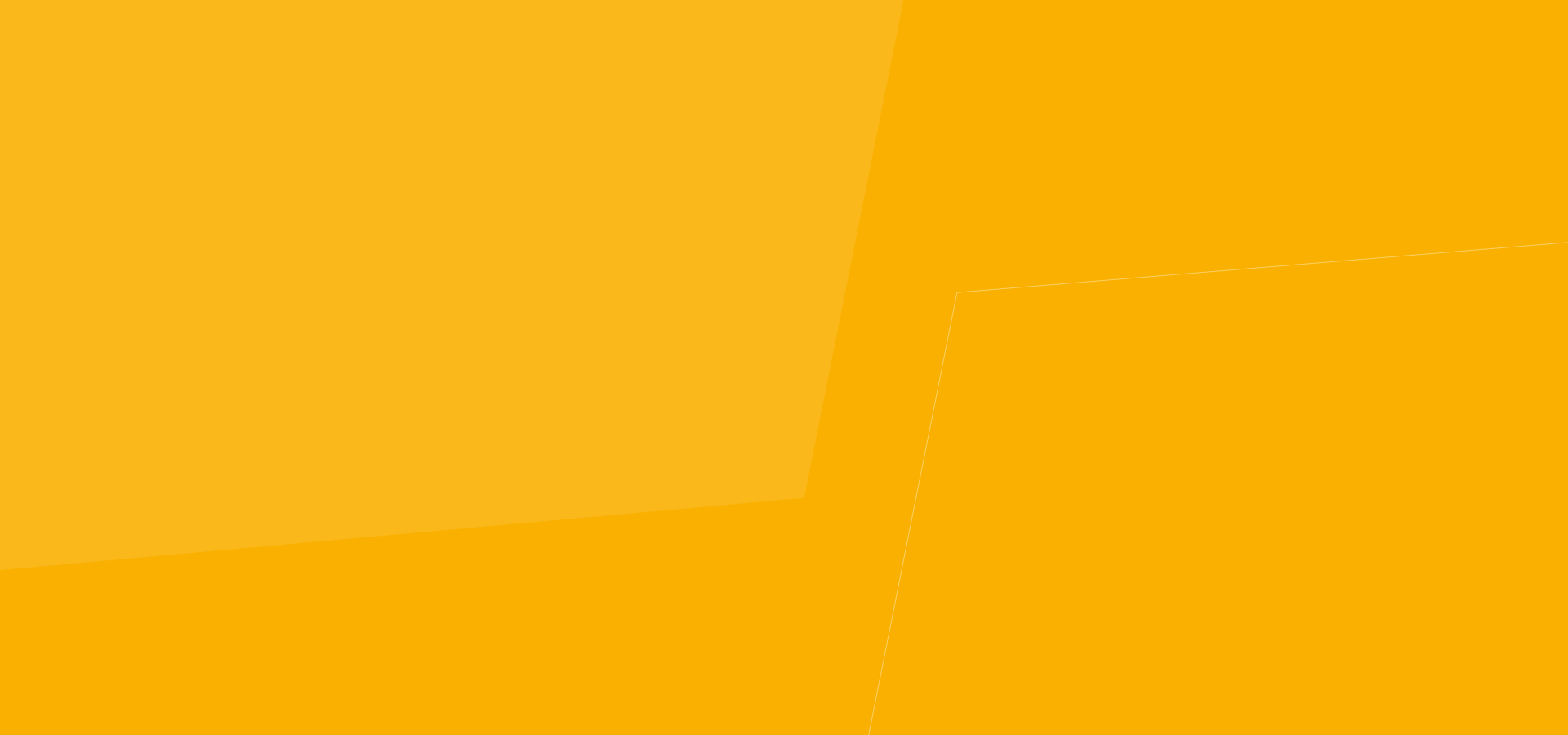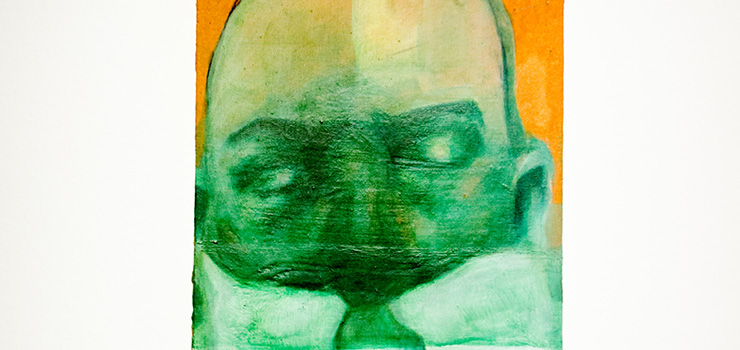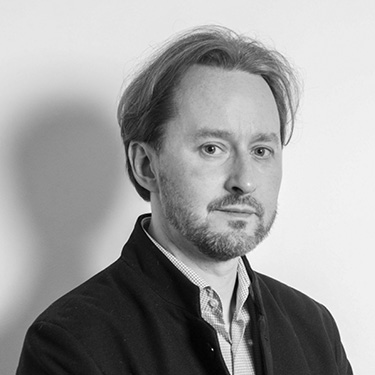
-
Bachelor of Arts in
Painting and Visual Arts

The Programme: overview
The BA explores the transformation of contemporary art practices, connecting art with different areas of the production and social contexts. Relating to the dynamics and values of the contemporary art system, the programme reinterprets and expands the traditional academic approach to painting and visual arts, guiding students through experimentation, investigating a variety of environments, techniques and methods, which will support them in developing an individual way of expressing themselves and their personal artistic ideas.
Over the BA, students will have the opportunity to:
- Learn basic skills in drawing, painting, graphic design, video, photography, sound design, history of art and contemporary art field
- Produce and display artistic works
- Demonstrate communication and organizational skills relevant to the art and cultural field
Department: Visual Arts
Area: Visual Arts
Title Awarded: First Level Academic Degree
Credits: 180 CFA
Starting: October 2025 (English and Italian) - February 2026 (English)
Duration: 3 years
Languages: Italian and English
Campus: Milan and Rome
*Degrees recognised by the MUR
Specialisations: your academic career

It widen students' knowledge of pictorial language through an analysis of its main consistent elements and of the latest new pictorial scene, in order to model their personal research.

Through experimental laboratories, it focuses on the methods, models and practices to create the exhibition space and to understand the latest trends within the world of contemporary art.
Our Faculty



Study and career opportunities
NABA provides students with the opportunity to study abroad as part of their academic experience.
NABA Academic Coordination Office, in charge for the management of the exchange programmes, supports students in taking advantage of the international study opportunities through exchange programmes and promoting educational experiences thanks to a network including numerous prestigious international partner universities.
NABA counts more than 70 cooperation agreements with academies and universities through the Erasmus+ Programme in Europe and others international cooperation agreements with several universities outside Europe.
NABA has developed strong relationships with leading associations, galleries and institutions that provide internships for NABA students, including Art for the World Europa, Fondazione La Triennale di Milano, A12 Associati, Fondazione Museion—Museo d’Arte Moderna e Contemporanea Bolzano, Galleria Massimo de Carlo, Galleria Raffaella Cortese, Prometeogallery, Galleria Alessandro de March, Form Content (London), BAK—basis voor actuele kunst, O’Associazione, Arabeschi di Latte, Supportico Lopez (Berlin), Fondazione lettera27 Onlus, Oliviero Toscani Studio, Massimo Carasi, Sotheby’s Italia, Skira Editore, Fondazione Giuliani per l’Arte Contemporanea, Associazione Viafarini, Artshow Edizioni sas di Ciavoliello Giulio & C., Careof Organization for Contemporary Art, Gruppo Cimbali, and Associazione Culturale a.titolo.
Continue your academic career:
- Master of Arts in Visual Art and Curatorial Studies
- Academic Master in Contemporary Art Markets
- Academic Master in Photography and Visual Design
Kick-off your career. Among the career opportunities:
- Visual artist
- Illustrator
- Assistant curator
- Manager of cultural events
- Film director
- Graphic designer
- Photography director
- Exhibition and set designer
- Audio and video editor
- Art dealer
- Art curator






